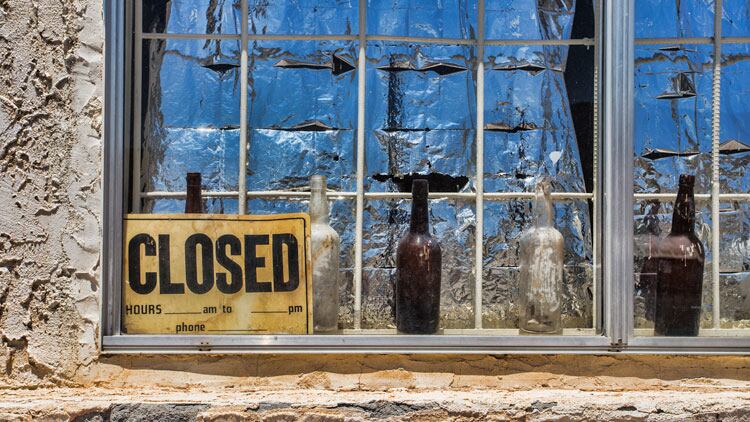The drop is equivalent to 4.3% of the licensed sector since March 2022, and an average of 12.6 closures a day.
However, net closures slowed to 756 venues in the first three months of this year — a quarter-on-quarter drop of 0.7%, and equivalent to 8.4 closures a day.
Independent businesses have borne the brunt of closures with a 5.9% drop in numbers over the last 12 months, while managed groups achieved growth of 1.5% and in the same period, including 0.3% in the first three months of 2023.
Restaurants suffered a 7.8% decline, a much steeper drop than that of food-led pubs (down 2.2%) and high street pubs (down 2.5%).
“Each of the 4,593 closures over the last 12 months represents a sad loss of jobs and the permanent withdrawal of a community asset,” says Karl Chessell, CGA by NIQ’s director - hospitality operators and food, EMEA.
“It is at least encouraging that losses have slowed in the first few months of the year — a welcome indicator that demand for hospitality remains strong.
“However, the recent cut in government support on energy bills, alongside a hike in minimum wage rates and the ongoing tax burden, now leaves thousands more fragile venues at risk of closure. Hospitality has shown how, with the right backing, it can generate jobs and fire the economy — but sustained help is needed to tide the sector through the current crisis.”
In the three years since the start of the Covid-19 pandemic, the independent sector has shrunk by 14.1% — more than four times the contraction of 3.3% in the managed sector.
Graeme Smith, AlixPartners’ managing director, notes that this latest study underlines the growing divide between larger and smaller operators, reflecting their varied ability to withstand the continued headwinds the sector faces.
“The closure rate of independent businesses – the lifeblood and entrepreneurial driving force of the sector – continues to vastly outstrip the better-funded corporates and the branded operators,” he says.
“It highlights the need for government support to be extended, especially on energy costs, if small (often family-owned) businesses are to survive.”




